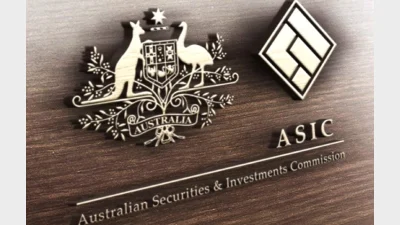Inflation expected to moderate further: Economists



Economists have tipped inflation to ease further, but any upside surprise in the June quarter CPI could derail the Reserve Bank’s plans.
The June quarter Consumer Price Index (CPI) data is expected to show further progress in easing inflation; however, the Reserve Bank of Australia’s (RBA) next move in the upcoming August meeting may be complicated by a stronger-than-expected result.
Several major banks – ANZ, Commonwealth Bank of Australia (CBA), and Westpac – along with AMP Bank, have forecast quarterly trimmed mean inflation to range between 0.6 and 0.7 per cent, placing annual underlying inflation between 2.6 and 2.8 per cent.
This result would lie broadly in line or slightly above the RBA’s most recent forecasts.
ANZ expects trimmed mean inflation to rise 0.6 per cent in the June quarter, which would bring the annual rate to 2.7 per cent.
Headline inflation is forecast to rise 0.8 per cent for the quarter and 2.1 per cent over the year. The bank views the risks to its trimmed mean forecast as tilted slightly to the upside, suggesting a 0.7 per cent outcome is more likely than 0.5 per cent.
ANZ’s economics team believes the Reserve Bank would be comfortable with a 0.6 per cent result and does not see 0.7 per cent as an obstacle to cutting rates.
However, it said that a 0.8 per cent print would present a challenge to the board’s easing bias, particularly as it has explicitly stated it would await the June quarter CPI before making its next decision.
CBA has also pencilled in 0.8 per cent for headline inflation, with trimmed mean expected to rise 0.7 per cent. The annual trimmed mean would then fall marginally to 2.8 per cent.
CBA noted that this result would come in slightly above the RBA’s recent estimate of 2.6 per cent.
“If our forecasts are correct, we still expect the board to cut the cash rate in August,” CBA economist Harry Ottley said, though he added that the decision would need to be communicated carefully given the RBA’s cautious stance and ongoing concerns about productivity, the neutral rate, and tight labour market conditions.
Westpac has forecast a trimmed mean increase of 0.7 per cent for the quarter, bringing the annual pace down from 2.9 to 2.7 per cent.
The bank’s more granular estimate sits at 0.66 per cent, which it said makes a 0.6 per cent official result more likely than 0.8 per cent. Westpac does not believe this would be enough to prevent the RBA from cutting by 0.25 basis points in August.
In Westpac’s view, downside risks to inflation remain present. Notable items trimmed from the bottom of the index include auto fuel, furniture, insurance, and international holidays.
Medical services, tobacco, domestic holidays, and electricity are among the items driving inflation at the top end.
AMP chief economist Shane Oliver expects the CPI to show headline inflation rising 0.9 per cent for the quarter, which would lower the annual rate slightly to 2.3 per cent, while trimmed mean is expected to return at 0.6 per cent, in line with the RBA’s projections.
Oliver said this outcome, especially when combined with softer June labour market data, should support another rate cut at the central bank’s August meeting.
“However, as the RBA has noted, some of the components in the recent Monthly CPI suggest upside risk to the trimmed mean inflation,” Oliver said.
“In terms of sensitivity, we would regard a 2.8 per cent YOY rise in trimmed mean inflation or less as consistent with an August rate cut as it will still be consistent with forecasts for inflation to head back to the midpoint of the RBA’s target, but 2.9 per cent year on year or more would mean a high risk that the RBA will remain on hold again.”
Recommended for you
The Gateway Network Governance Body has unveiled a detailed roadmap to guide the superannuation industry through the upcoming Payday Super reforms.
CPA Australia urges the ATO to extend compliance support for small businesses facing major system changes ahead of Payday Super reforms.
Superannuation funds ramp up collective efforts to counter rising cybercrime, updating standards and sharing intelligence across the industry.
The regulator has fined two super funds for misleading sustainability and investment claims, citing ongoing efforts to curb greenwashing across the sector.









